Brad Eastman (Beastman) born 1980, is a multidisciplinary artist from Sydney, Australia, who currently lives and works in Bali, Indonesia. Influenced by the biodiversity, symbolism and design aesthetics behind nature’s growth patterns and organic landscapes, Eastman’s paintings, digital illustration, commercial projects and public murals explore a unique visual language, depicting future environments of abstracted geometric landscapes, potential new life forms and human intervention.
One of the most distinctive and prolific contemporary Australian artists, Eastman has exhibited his artworks extensively around the world, curated and organised numerous international art exhibitions and projects, and has been commissioned by the likes of Element, Facebook, Vivid Sydney, Mini, Apple, Adidas, Red Bull, GPT, Vicinity, Hyundai and more. His artwork has been acquired by the National Gallery of Australia, and his large solo and collaborative mural and installation works can be found all over Australia and around the world.
Backwoods Gallery curator, Tom Groves, had an in depth chat with Bradley Eastman before the opening to delve further into some of the ideas Eastman is exploring through this series, and his greater practice in general.
Can you tell us a little bit about what informs this new collection. What has inspired you to create it and what ideas are you exploring though it?
These new artworks continue to explore the ongoing theme of man vs nature, but this time I wanted to really focus on the built environment, basically feature more of the man made elements, and less of the natural ones. Our fast paced world, growing population and technological advancements are resulting in the greater human desire and demand to build more and more structures, facilities and customised environments, and as a consequence of this, we are taking control of, altering, destroying and repurposing natural landscapes all in the name of human needs, wants, comforts and capitalist gain. These paintings are visual expressions of human designed landscapes and built environments, where the elements and organic materials found in nature are controlled, restricted, altered, manufactured and machined to construct modern precincts, impressive architectural structures and sprawling urban zones across once natural landscapes.
The new collection is titled Construct, and leaves behind your figurative approach completely. What inspired this shift to complete geometry and abstraction, and could you tell us a little bit more about the titles significance to this collection?
Over the last couple of years, my digital illustration and mural artworks have been the driving force behind the progression of my style, compositions and colours palettes. I have felt a strong instinct to move further toward the use of more linear and geometric forms in my works, and leave behind a lot of the more fluid and organic movements, lines and forms I have always featured. As a designer and skateboarder, I have always been interested in urban architecture and modern landscape design, in particular the way plant life and the land itself is framed, removed, altered and repurposed to suit the design and construction of the space or building, and the way the designer had intended humans to interact with and move through the area. These paintings celebrate these modern collaborations with man and nature, but also highlight the underlying fact that the immense power of nature and the perseverance of life itself can always overcome, and if deemed necessary, can tear it all down. The figurative element in these pieces are not removed completely, there are abstracted lifeforms within these pieces, breathing life into the works.
Given your previous exhibitions, we’ve learned that the colour within you geometric compositions has special significance to geographic forms. Could you tell us a little bit about your colour palette in Construct, and the thought that goes into these abstract designs?
For my recent mural artworks I have been making sure to use colour palettes that are informed by the actual immediate surroundings of the artwork. This has led me to enjoy working with more muted, desaturated and natural colour tones, and has allowed the works to have more sense of belonging and harmony in their environments. I wanted to bring this more natural feel to the series of paintings for Construct, and yes as in my previous works, the different colours in the pieces represent various materials and elements such as concrete, steel, timber, plant life, water and natural landscape.
What influences have been absorbed into this collection? Are you interested in cartography?
The main influences have been drawn from the built environment, urban planning and modern architecture. My previous works did have a topographic influence, almost as if they were maps of larger areas, but these works for Construct are more zoomed in, focusing on smaller precincts and urban surrounds, creating scenes of almost completely man made developments where natural materials are manufactured and controlled to construct our human designs. In the works I have tried to incorporate the concepts of human flow, pathways, levels, stairs, symmetry, roads, canals and landscape design.
What influence if any has technology had on your practice? Do you lean on software to manifest your ideas visually?
Over the last few years, I due to the heavy use of geometry in my work, I have leaned more toward using digital illustration to develop my compositions and colour palettes. I still draw a lot of initial ideas for composition with pen and paper, but then go on to create digitally. This allows me to generate the measured balance, symmetry, linear lines and geometric shapes I am wanting with absolute precision. The software and process can often inform the outcome of the artwork, showing me where different elements can link together and balance out to create the feel I am looking for.
Your recent work comments on the human intervention in regards to the natural environment. How has living in Bali shaped the output of your practice?
After being based in Bali for the last 5 years, I have seen a lot of change and growth there, particularly the speed of construction, development and gentrification, so I have seen a lot of the natural landscape there being taken over for the construction of either new housing or commercial buildings. Witnessing this fast paced change in the environment there has really made me see how humans can claim the landscape and alter it so quickly, and often without much foresight or consideration for the effects this could have on the future of the local environment. On the other hand I have also seen some great examples that show when done correctly, we can create such beautiful, successful and considered structures of architectural and landscape design, that collaborate with the naturally existing landscape.
Your practice is split between studio work and more commercial public work. Do you approach these two facets of your work differently? If so, why?
My mural works I approach independently as they are always in a new location, for a new client and with its own unique settings. So often with these works the building design itself and its surroundings do inform the composition, colours, patterns and various elements. Also the mediums can often change depending on the project, its size and desired outcome. Some of my mural works have incorporated living and artificial plants, lighting design and other materials, and some of my other public works have been a purely digital process, such as animation for screens or projection, illustration for printing or even sculptural in their construction. Over the last few years, I have definitely found more success in designing my works digitally first prior to either painting or installing it after. The precision and measured aspect of digital illustration allows me to create exactly the harmonious relationship I want my artwork to have with its environment, especially in public space. With creating these paintings for Construct, I am able to design a series of works that are essentially all one artwork when displayed together, so when I create them digitally, I am able to successfully plan each composition and construct them on a grid with a process of order and repetition. Where each element is introduced to the piece one at a time, and balanced accordingly with its overall composition.
This new collection of paintings was made from locally sourced materials. What role, if any, does environmentalism play in your work?
For this new series of paintings, I was really keen to get back into making acrylic works on wood panels, refining the rattan medium a bit more and also returning to the small/medium size works that I have always felt most comfortable with. I wanted to create the works on wood to keep in line with the construction theme of the exhibition, and using locally sourced and hand made panels and rattan weaves in Bali was a good way for me to connect the artworks with their place or creation, and to also support the struggling economy there at this time. Environmentalism does play a role in my work, I am not trying to tell anyone what to do, but I am simply attempting to engage people through the subject matter of my works to consider how we are interacting with this planet we live on, how we are altering its natural course and potentially pushing it all a bit too far.
Your iconic geometric forms and vivid colours seem so perfect, almost computer generated. How important is the imperfect human touch in your practice and process?
It is important for the paintings to not be 100% perfect, it needs to be seen that they are paintings hand made by me. If I wanted computer generated precision, I would just print out the design instead. I do strive to paint as neat as I possibly can, but any small mistakes or flaws that occur during the painting process I generally leave in there, they give the artwork an added sense of life.
CONSTRUCT by Bradley Eastman opens online at Backwoods Gallery on September fourth.
To learn more and view a digital catalogue of works, email: [email protected]
Follow:

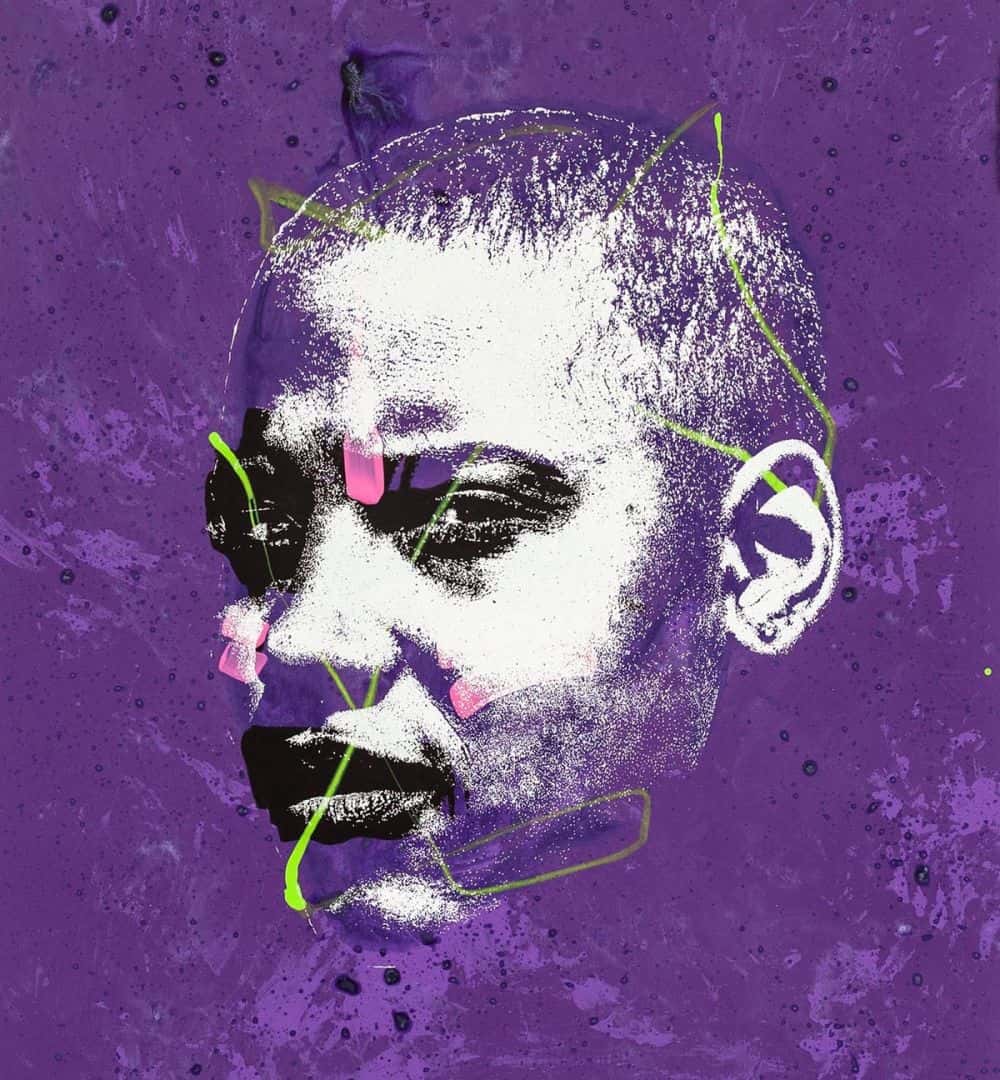
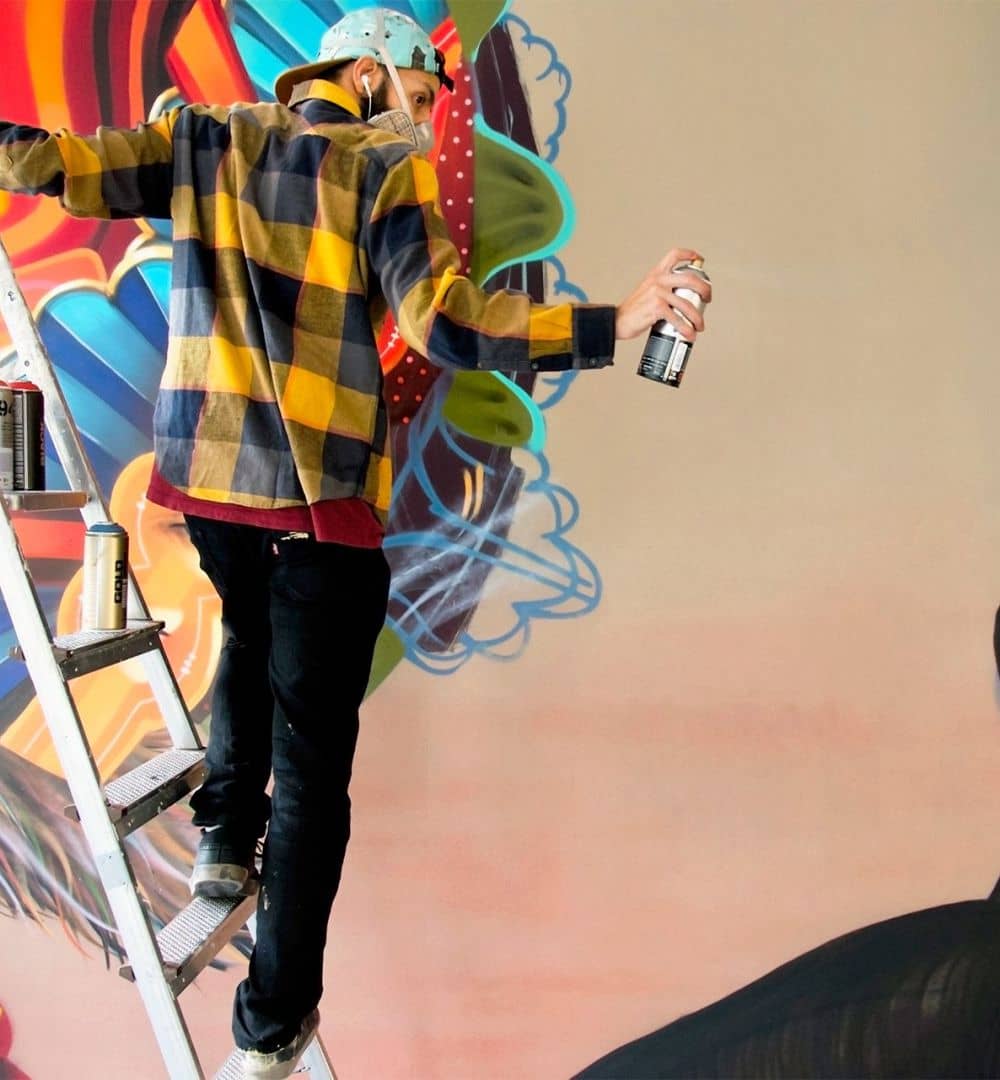
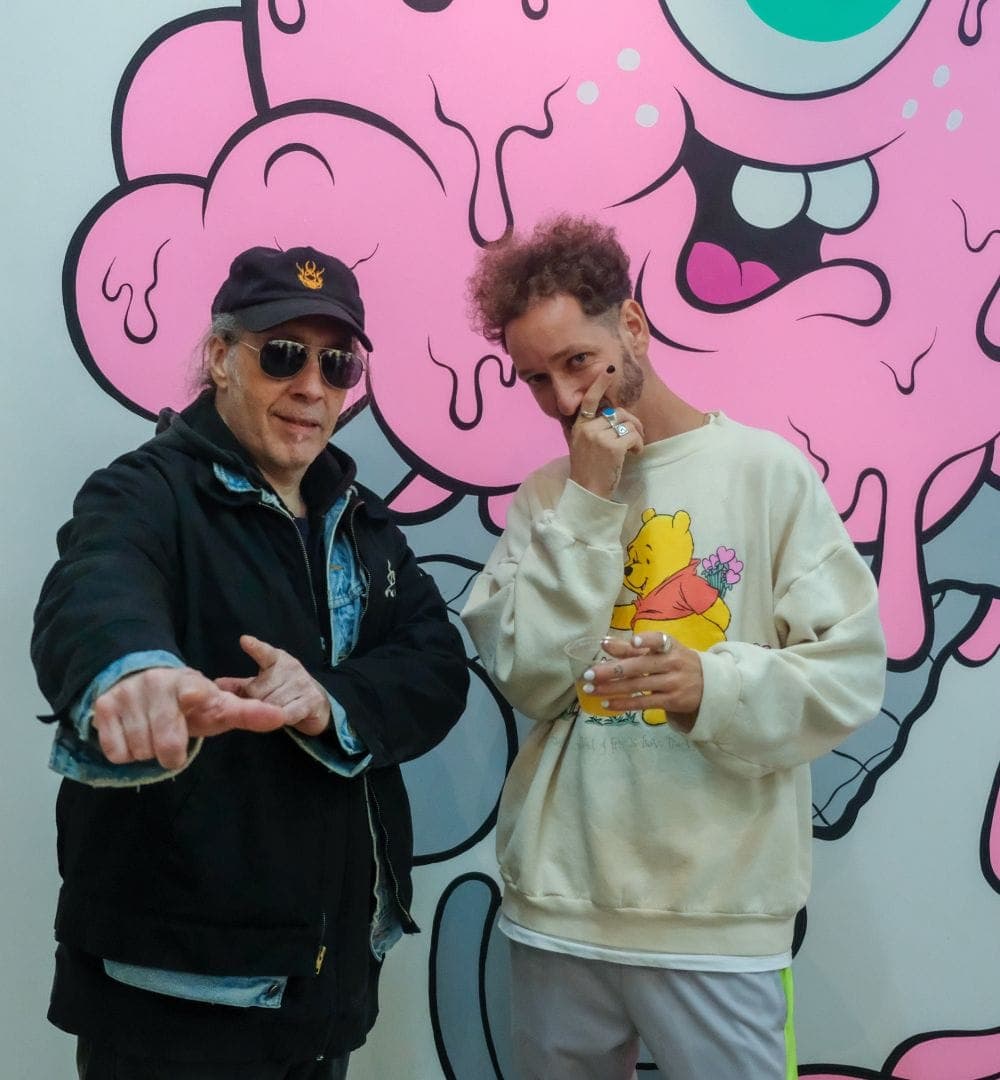
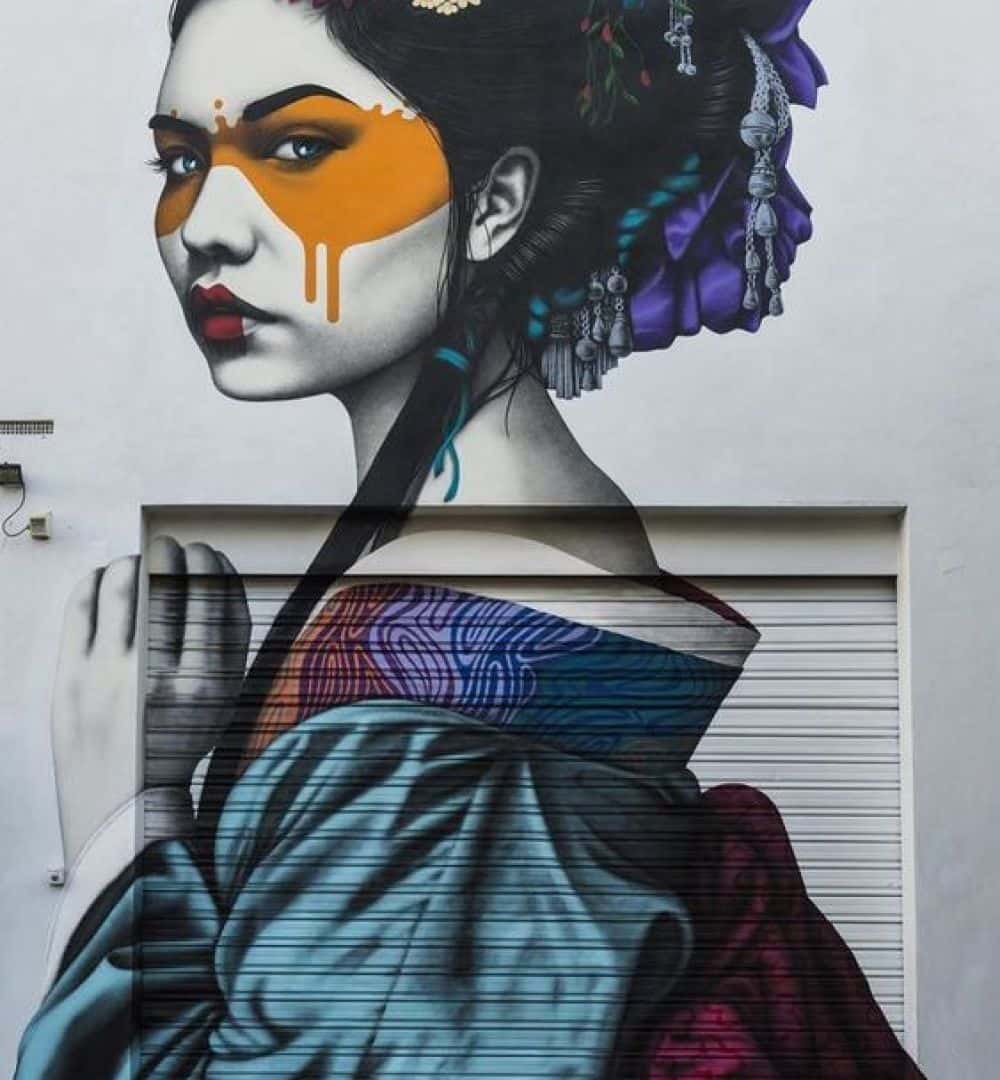

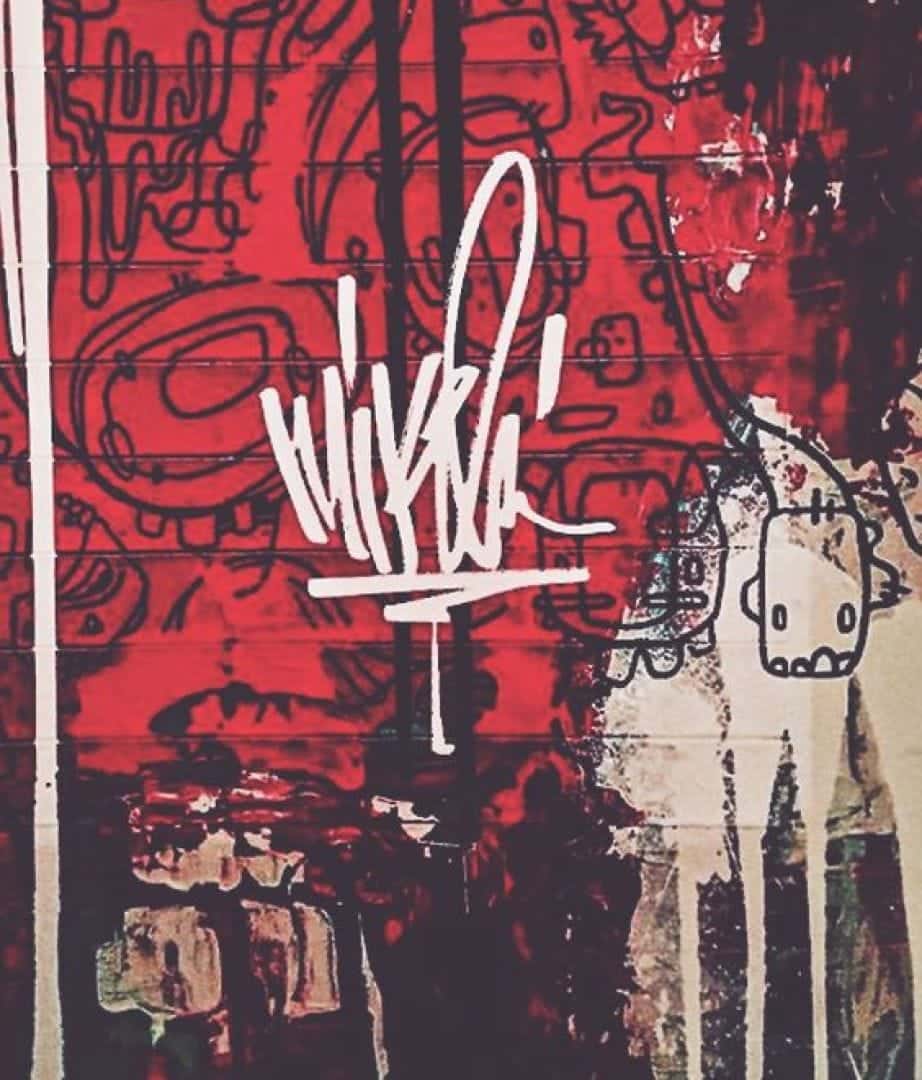
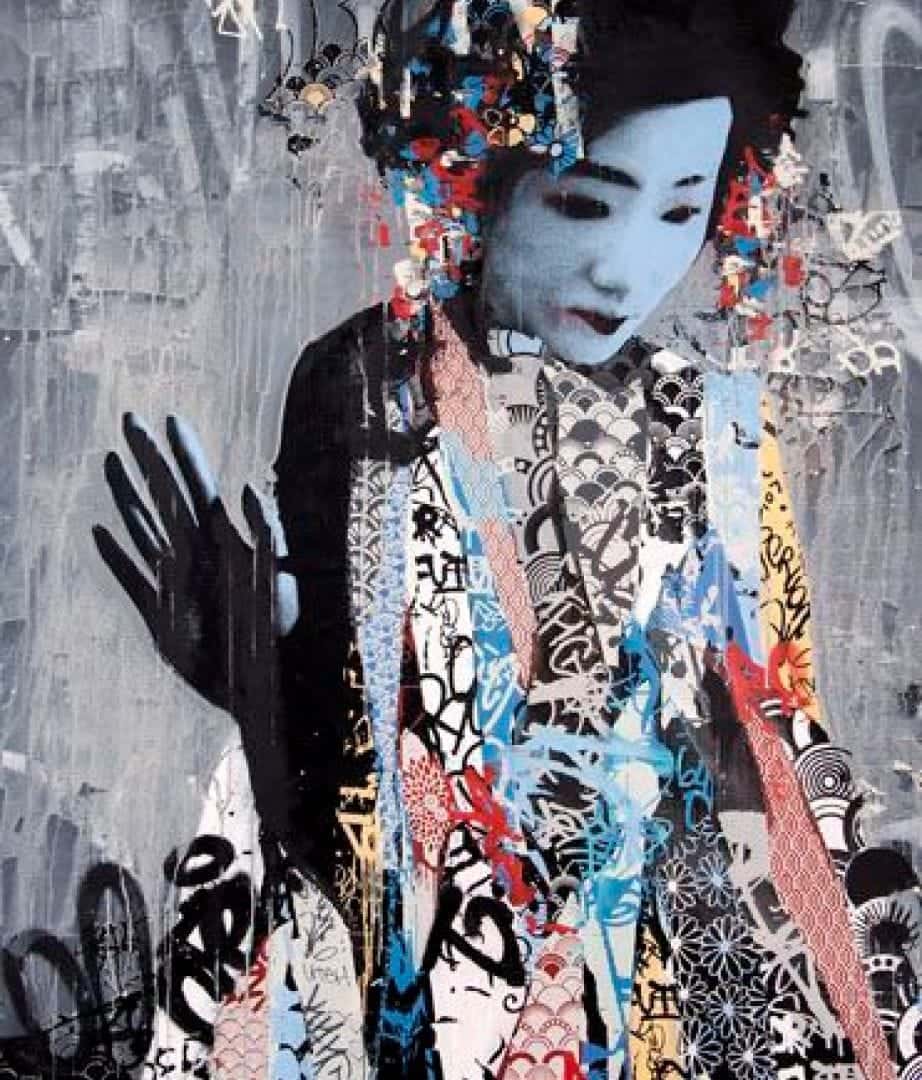
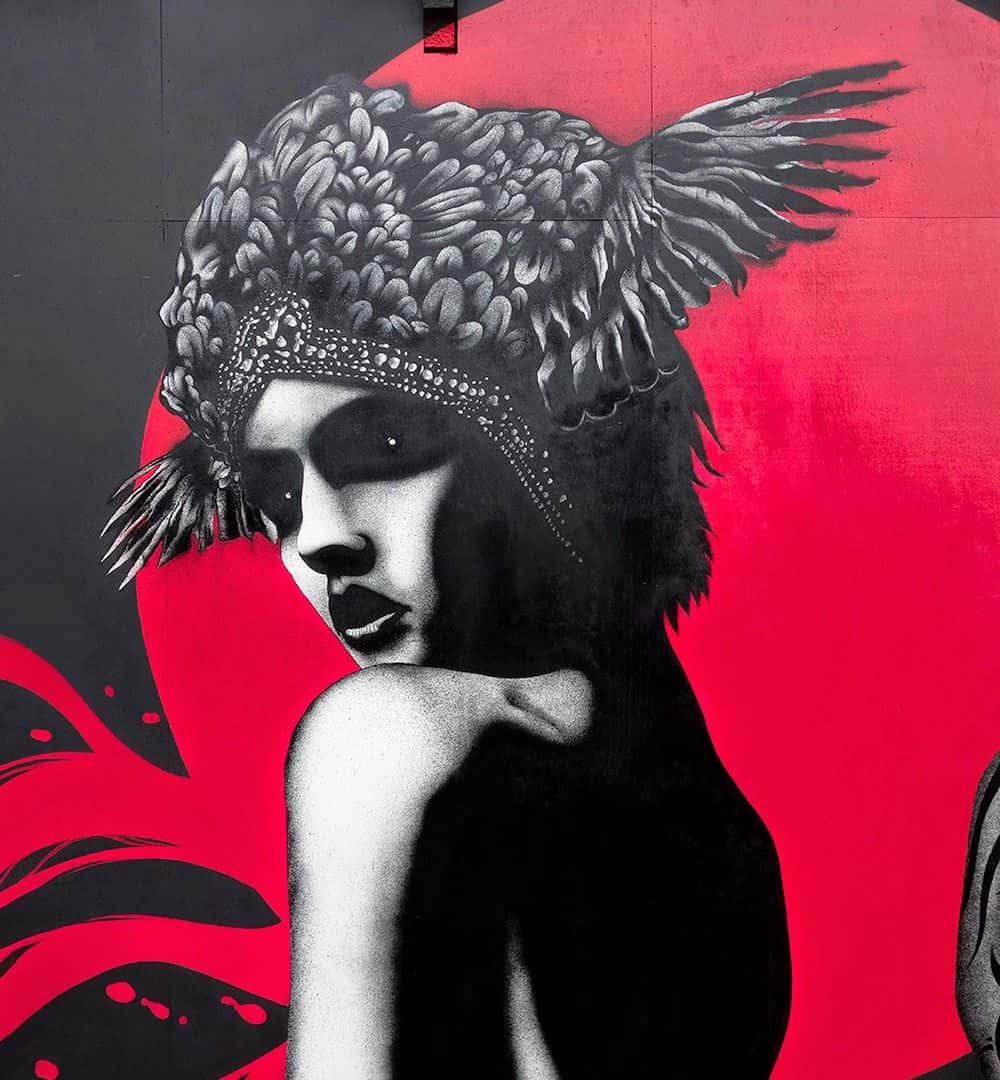
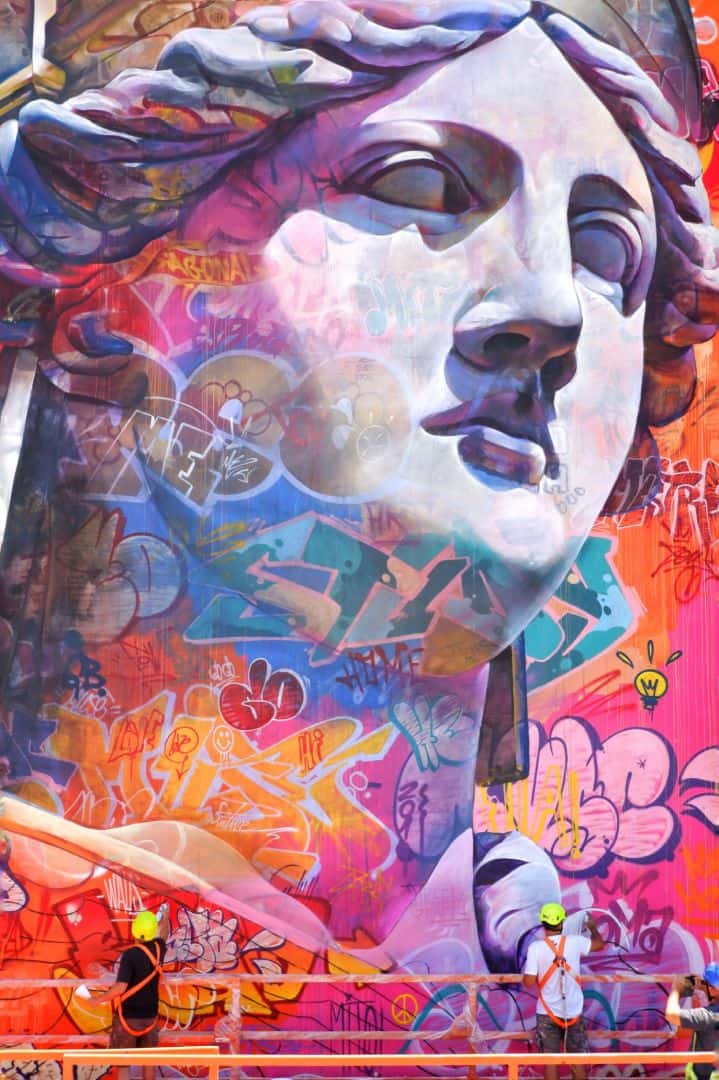


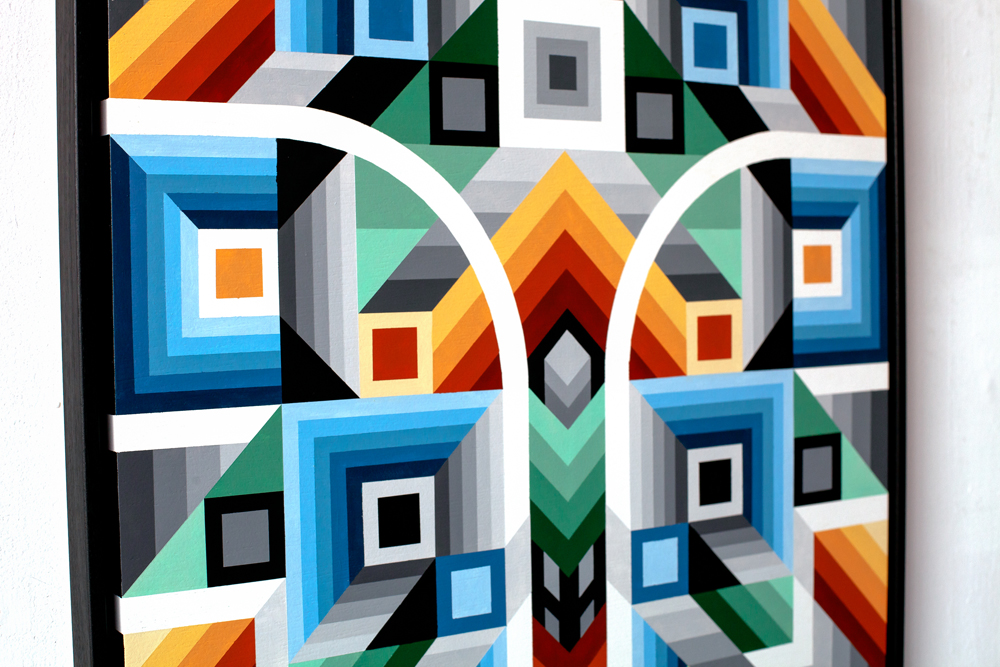
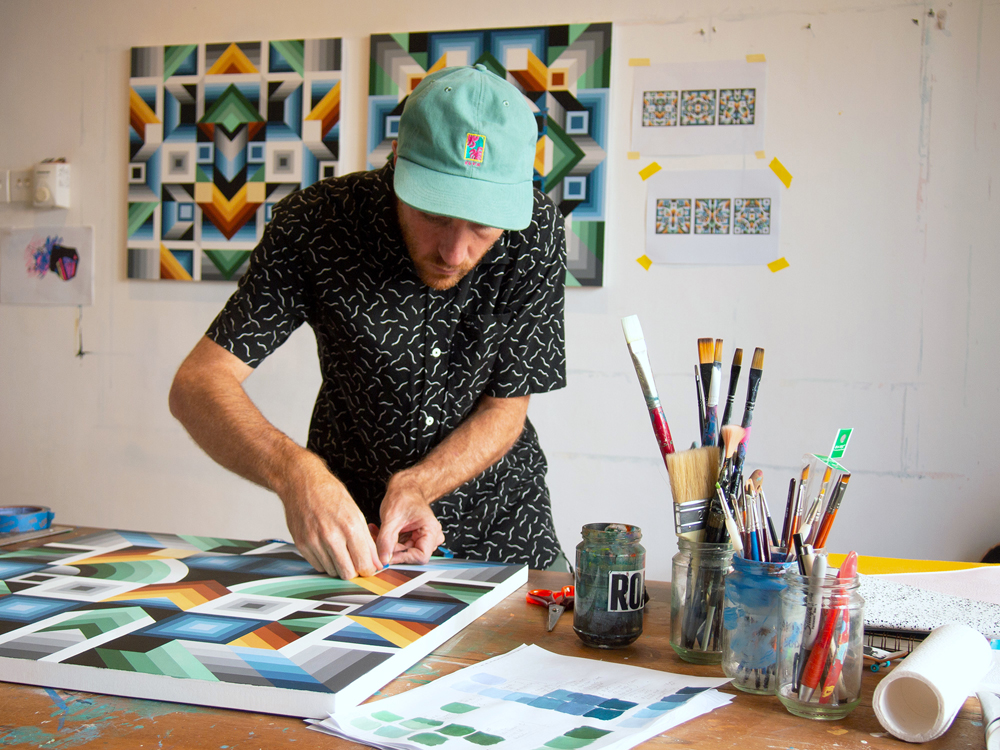

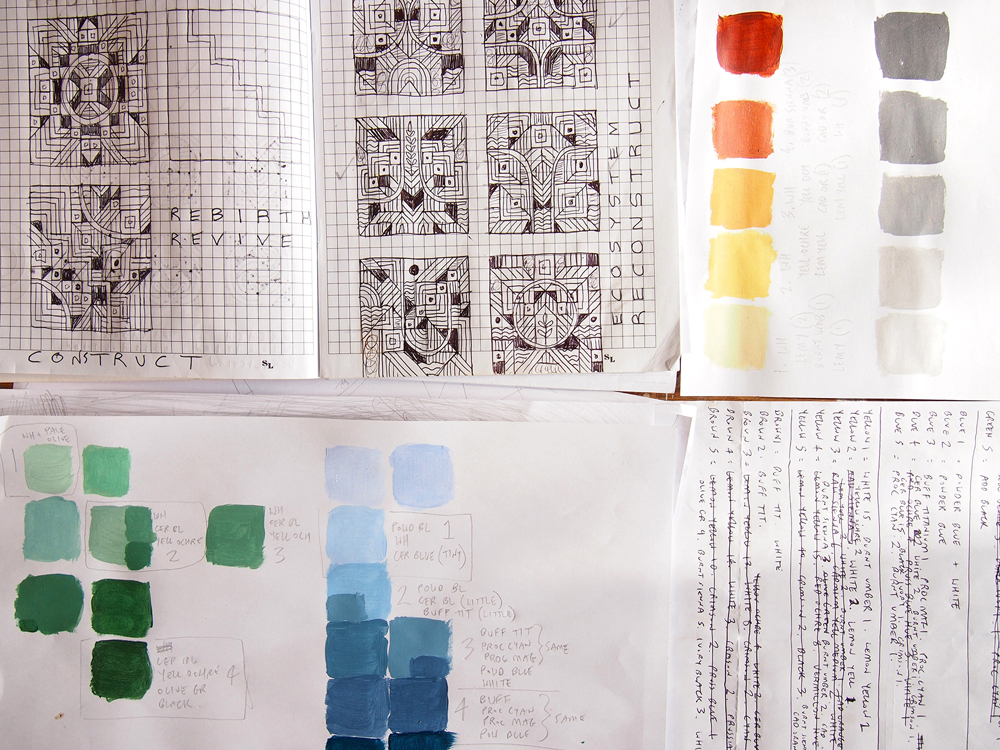


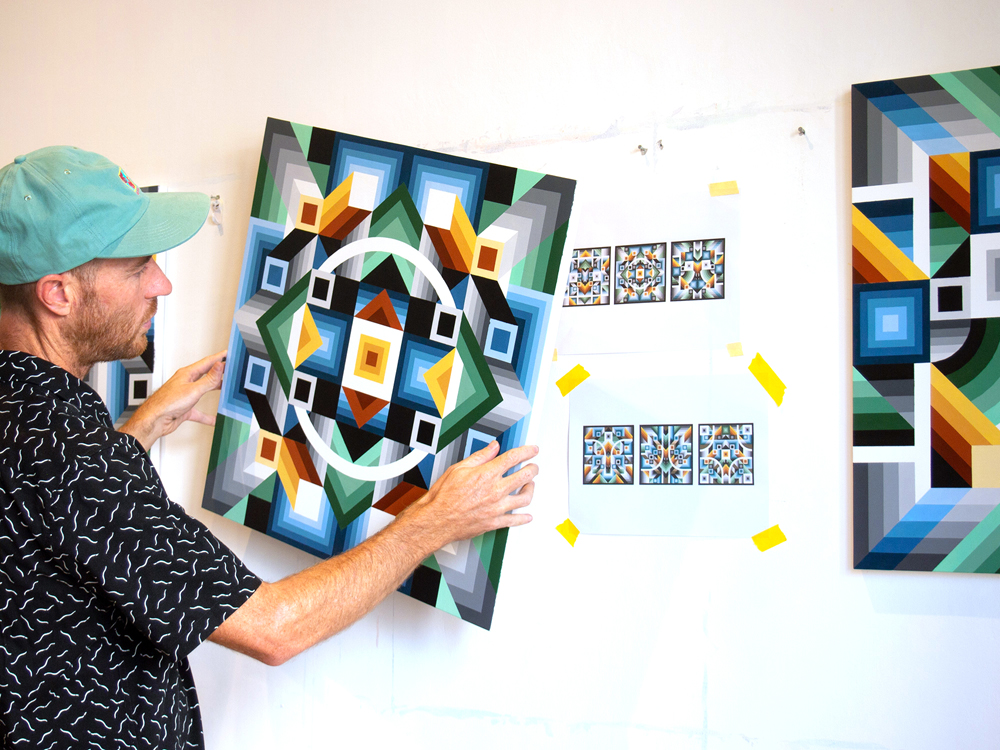
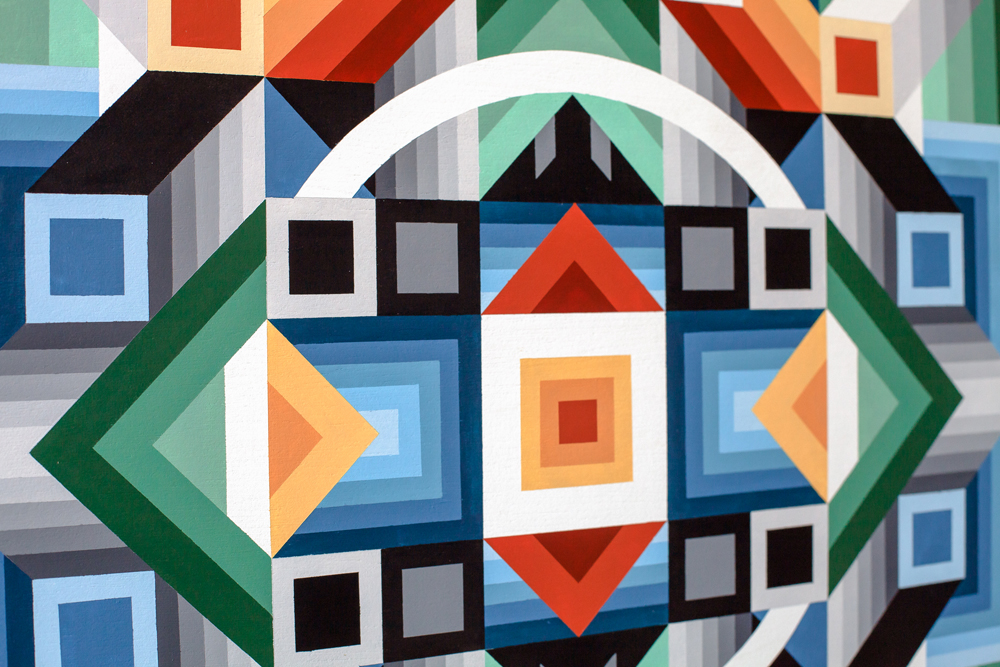
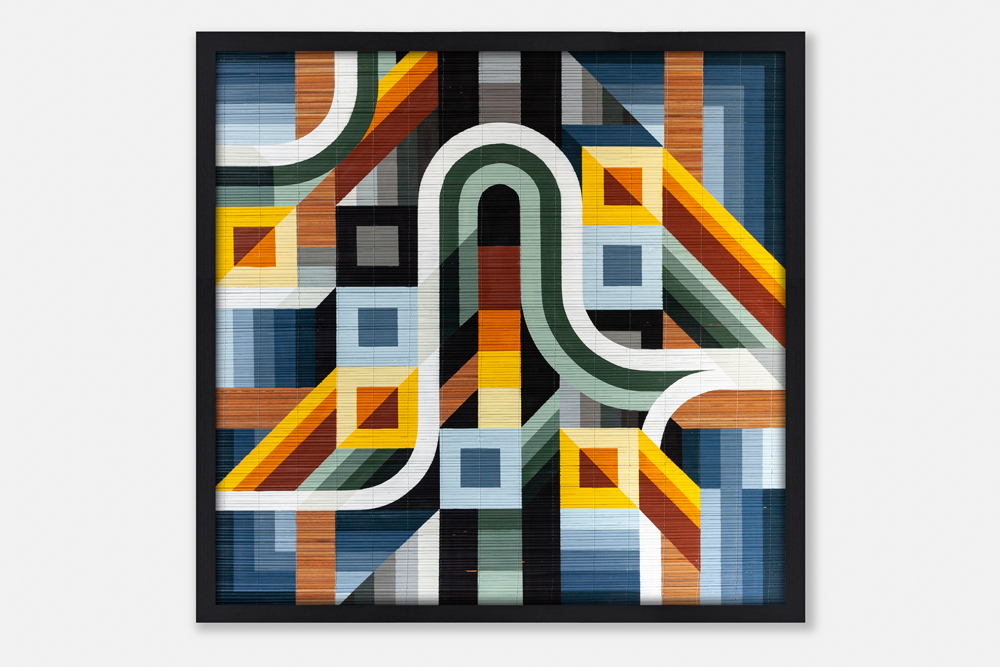

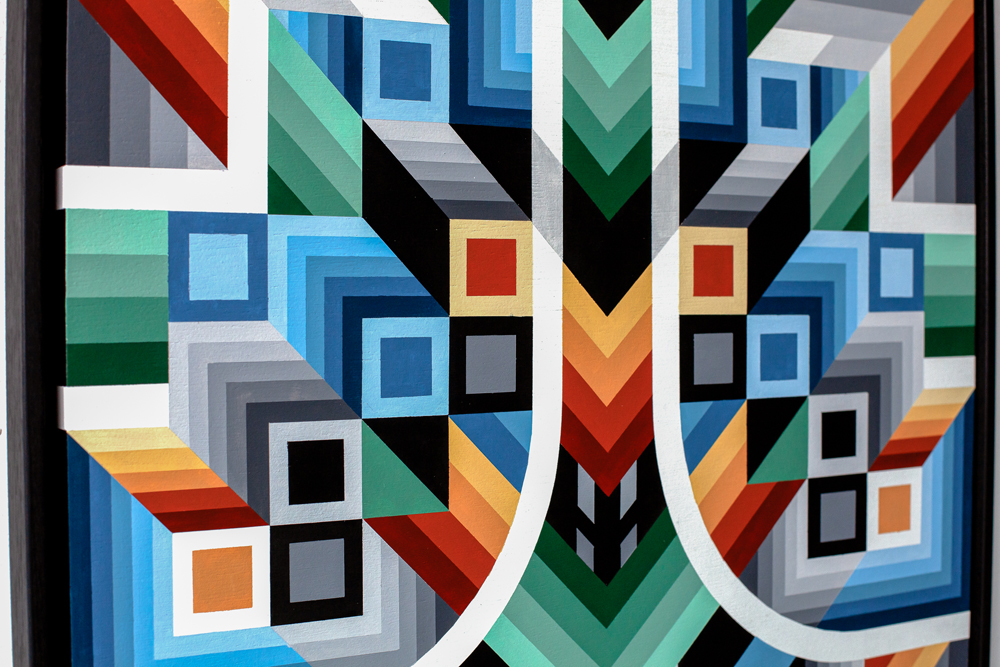
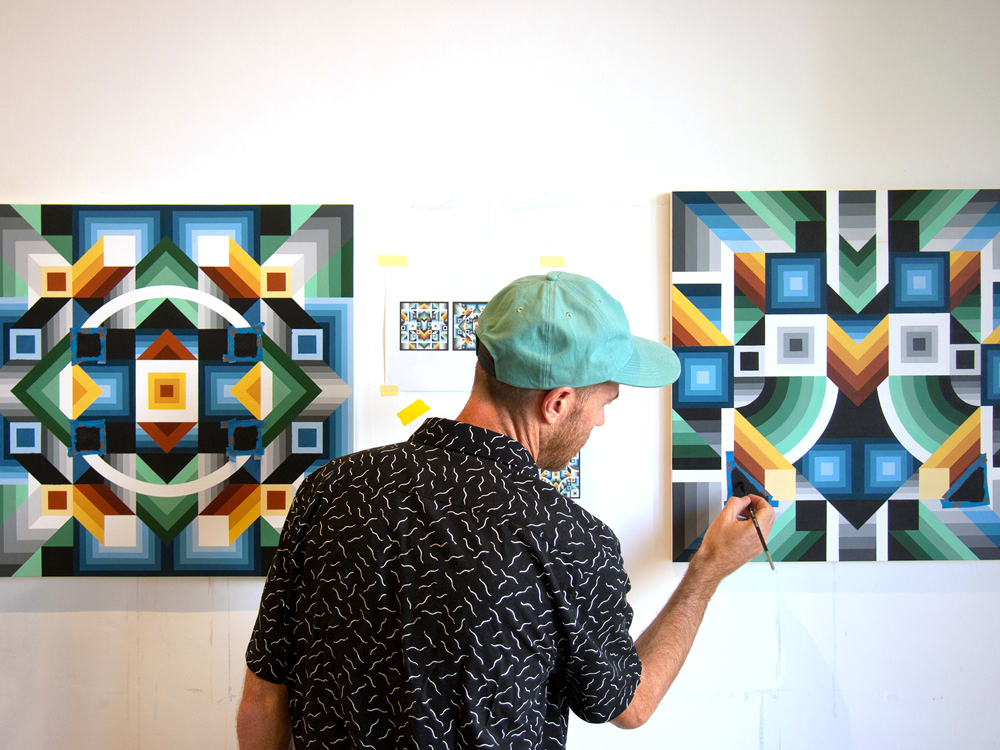
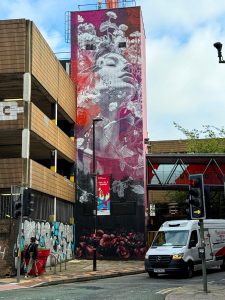
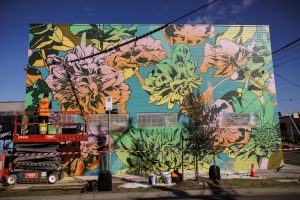
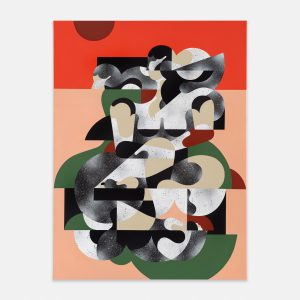
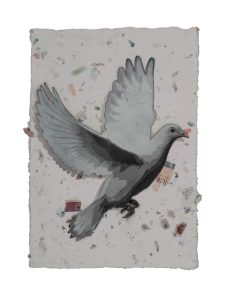
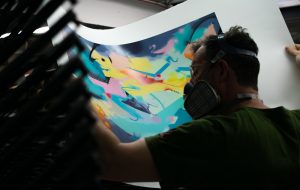
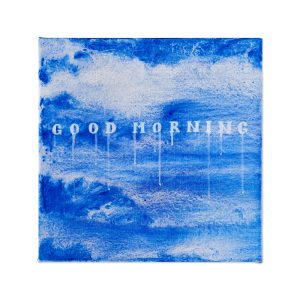
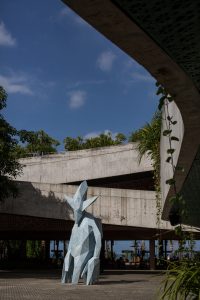
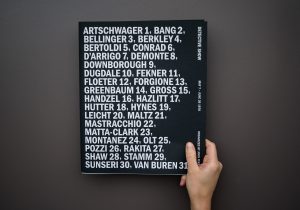
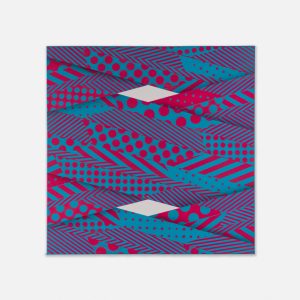
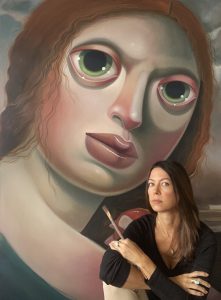
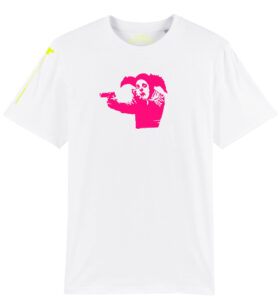
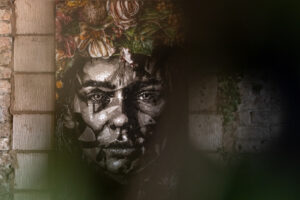
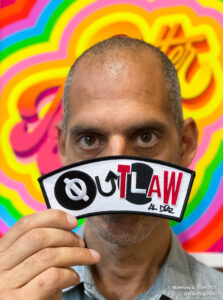
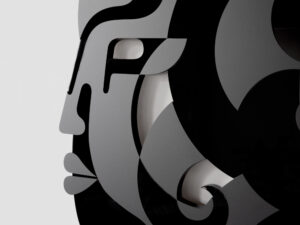
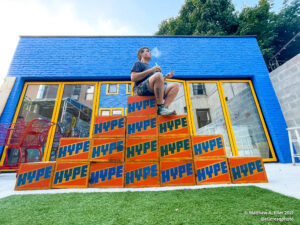
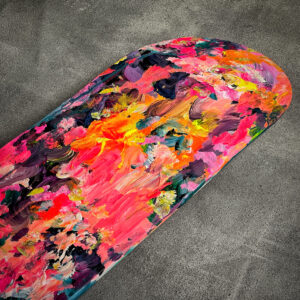
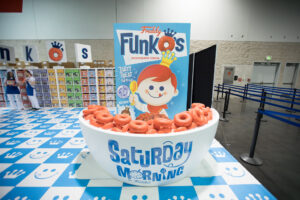
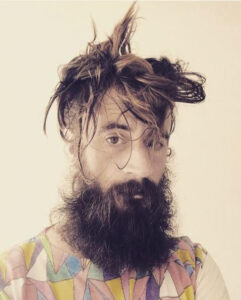
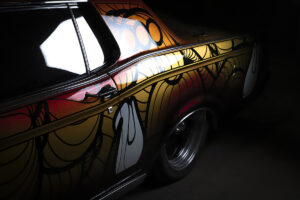
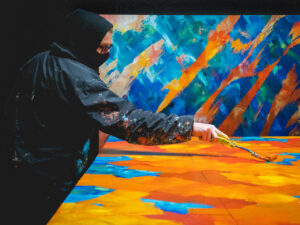
comment